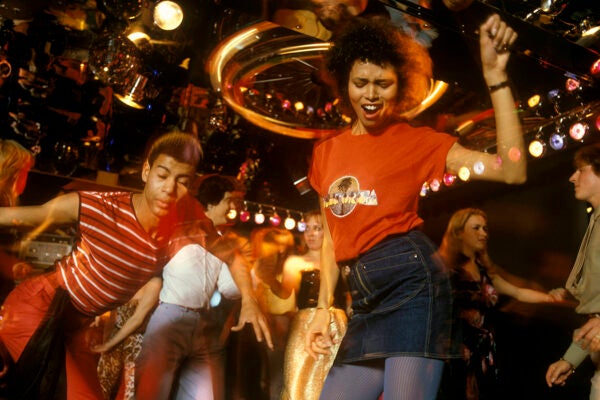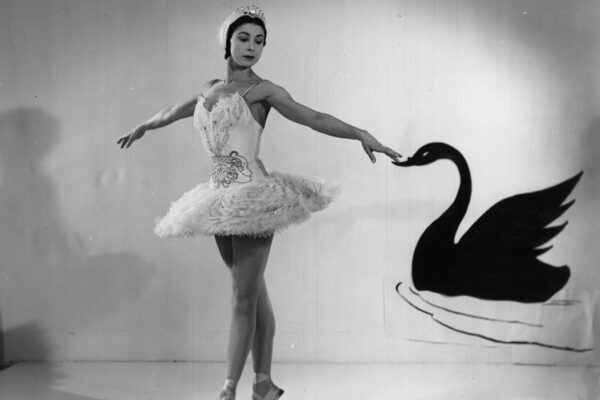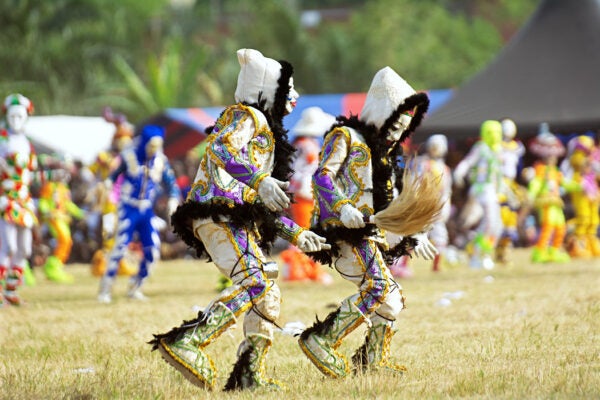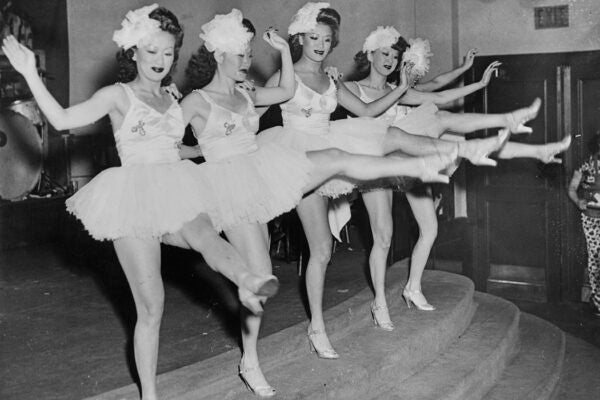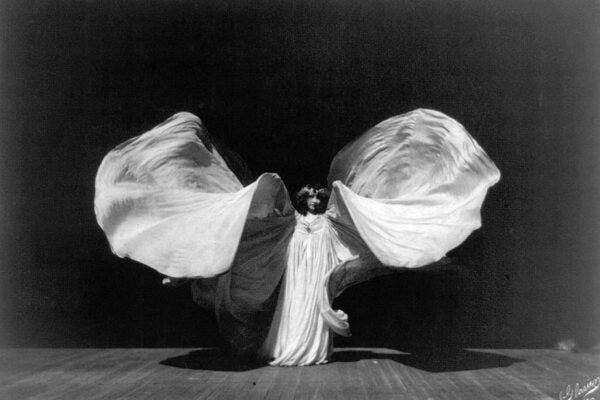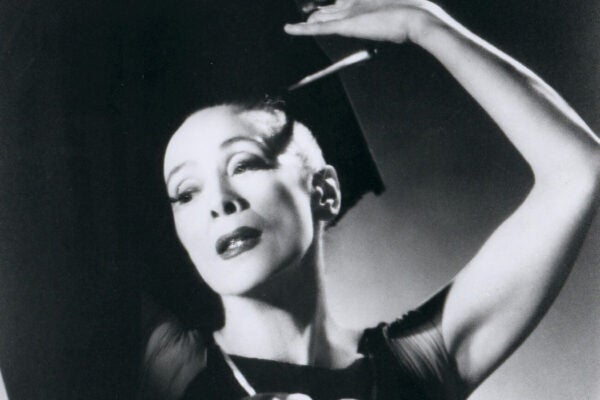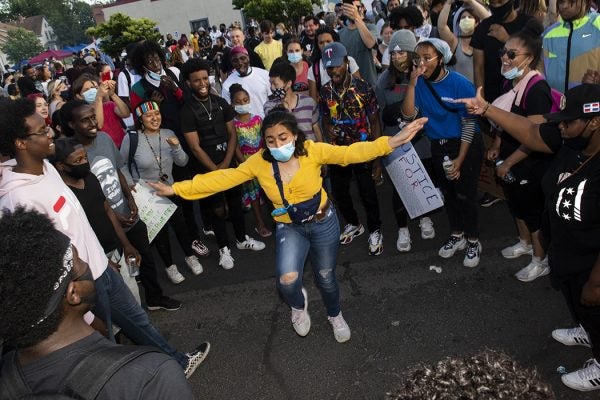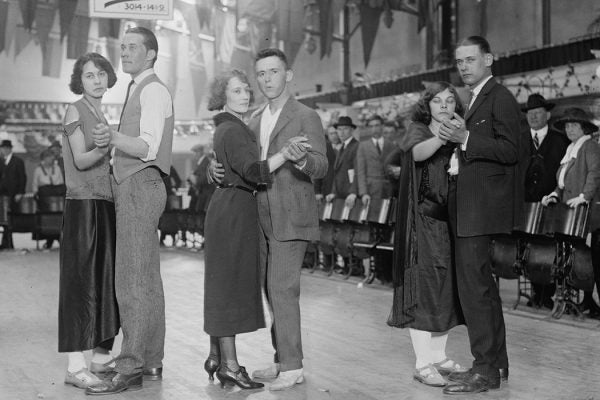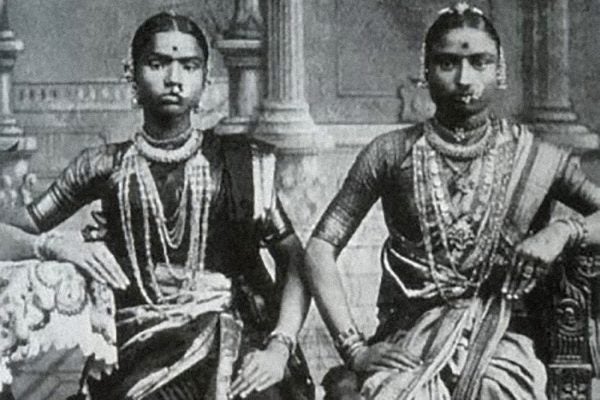What’s the Legacy of Disco Music?
If you listen to Blondie, The Police, or the Pretenders, it’s in the beat.
Odette vs. Odile: A Tale of Two (but Not Opposing) Swans
The distinction between the leading female characters of Swan Lake—the swan princess and her “black” counterpart—initially wasn’t so sharp.
Performing as “Red Indians” in Ghana
In Ghana, asafo and Fancy Dress traditions draw on a stereotypical but much-admired figure inspired by the nations of the North American Great Plains.
Americanism, Exoticism, and the “Chop Suey” Circuit
Asian American artists who performed for primarily white audiences in the 1930s and ’40s both challenged and solidified racial boundaries in the United States.
The Serpentine Career of Loïe Fuller
Rising from the ranks of touring comedies and Wild West shows, the American dancer dreamed of a future of light, movement, and metamorphosis.
Martha Graham’s Night Journey
Reinterpreting the Greek tragedy, Graham built a choreography of dramatic, angular movements to embody the female experience, past and present.
The Bossa Nova Craze
In the early 1960s, bossa nova was hugely popular in the US thanks to its reinvention as a social dance and its connections with upper-class culture.
What is Dance Activism?
An aesthetic of resistance and a form of protest against racist ideologies, dance activism has become a meaningful part of the Black Lives Matter movement.
Dance Marathons
In the early twentieth century, dance marathons were an entire industry—and a surprisingly hazardous business.
How South Asian Temple Dancers Fought Moral Reform
Devadāsīs appealed to a longstanding tradition to argue that they had a legitimate position in their modernizing nation.
